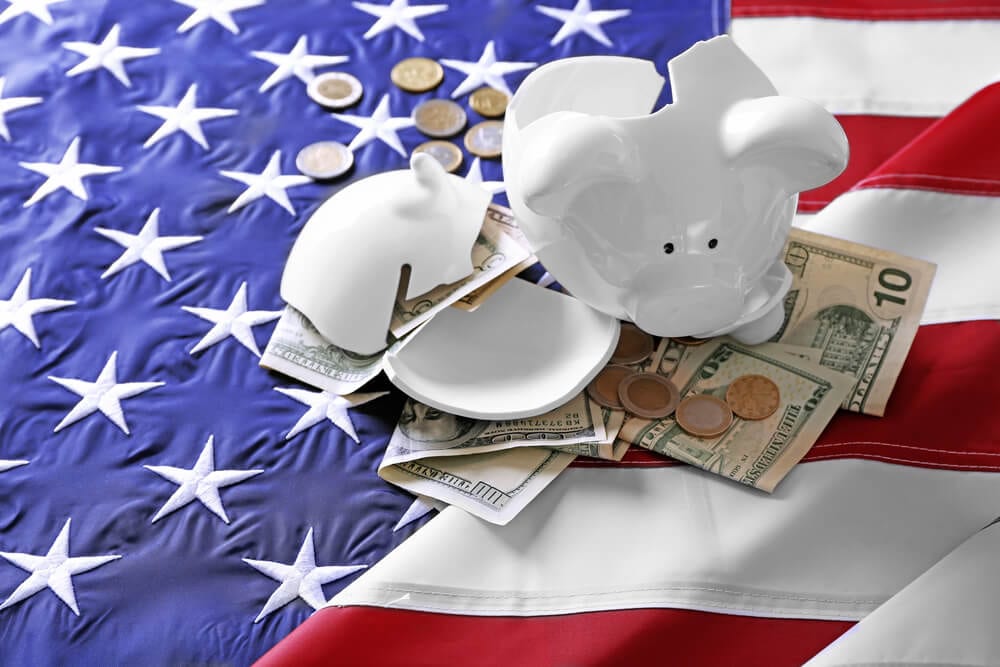- U.S. consumer debt is approaching a record-breaking $16 trillion
- Housing debt tops the chart with $11.25 trillion, while non-housing debts are $4.34 trillion.
- Auto loans and student loans grew steadily in the non-housing debts category.
According to a BanklessTimes analysis, the U.S. consumer debt grew from $11.25 trillion in Q2 2013 to $15.59 trillion in Q4 2021. This represents a 38 percent increase from the 2013 levels. The fourth quarter of 2021, in particular, experienced the highest growth in consumer debt since 2007.
Housing debt leads with $11.25 trillion. However, the non-housing category recorded a 4.34 trillion U.S dollars debt, with auto and student loans growing steadily.
Trends in Housing Debt
In Q1 of 2013, the housing debt was $5.18 trillion. However, this value rose steadily to $11.25 trillion in Q4 2021. This represents a growth of more than 117%.
Jayson Andrews, the BanklessTimes CEO, attributes the increase in housing debt to the decrease in mortgage interest rates. He says, “In 2020, the mortgage interest rates dropped to their all-time low, raising borrowing rates and quantities. As a result, housing demand went up while prices inflated. Thus, higher prices meant increased mortgage debts.”
Covid-19 also contributed to the increase in housing debt. The housing debt increased by 34 percent since the onset of the pandemic.
But is this an issue of concern? No, top economists say that the quality of borrowers has improved from what we experienced between 2003 and 2007. So, there’s little-to-no chance of a financial crisis or housing crash.
BanklessTimes backs this analysis by looking at the subprime borrowers. (These are borrowers with 620 credit scores and below). As of now, there are only two percent subprime borrowers, a significant improvement from the 2003-2007 period, which had 12 percent. The lower subprime borrowers rate means that most American homeowners are less likely to default on their mortgage payments.
Trends in Non-Housing Consumer Debt
Debts making headlines in this category are auto loans and student loans. For instance, student loans have steadily increased over the past two decades. However, the growth slightly dropped during the COVID-19 era due to the removal of the direct federal student loan interest.
Besides, putting the students’ loans on a forbearance relieved more than 37 million borrowers from repaying their loans. But unfortunately, this has resulted in the increase of unpaid loans to $195 billion in April 2022.
However, economists believe that resumptions of the scheduled payments will increase delinquencies. Removal of the 0% interest rate relief should have the same effect.
Auto loans have also risen steadily over the years. The global chip shortage has caused car prices and new ones to shoot. For instance, a new car retails at an average price of $47,000, up from $35,600 in 2019. Used car prices have also increased from $19,800 in 2019 to $28,000.












